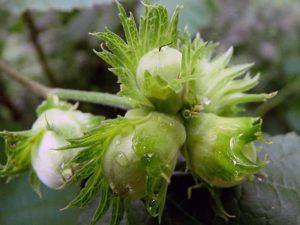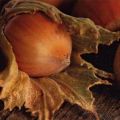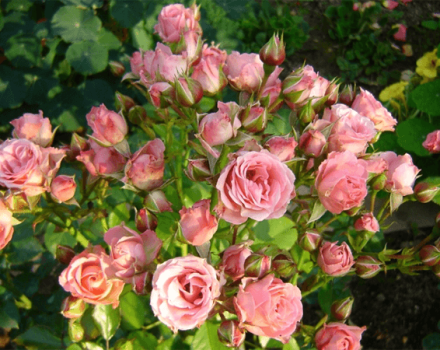Features of planting and caring for hazel in Siberia and rules for growing hazelnuts
Hazel or hazel is not the most common type of garden culture, although hazelnuts are unpretentious and take root in the plots. The bush can withstand record low temperatures, so hazel is also grown in northern regions, such as Siberia, and planting and caring for the plant does not require much effort. If you follow simple rules and stop any deviation in time, the plant will delight the gardener with a good harvest.
Features of growing hazel in Siberia
Many gardeners of the northern region are wondering how to grow hazelnuts in Siberia, getting not the most comforting answer. The fact is that although hazel is frost-hardy and can withstand up to -50 ° C, the catkins of the plant are not so resistant to cold. However, it is still possible to grow hazel in places where a lot of snow falls in winter, and fences or buildings protect from the winds.
As for the varieties of hazelnuts, you should not choose Common Hazel. It is better to give preference to the Manchurian, Raznolistny, Alida, Lentin or Biysk varieties, which were bred specifically for the Siberian region, taking into account climatic features.
How to plant correctly
In order for the hazel to take root and bear fruit, it is necessary to comply with the conditions when planting a seedling.
What time to plant?
Hazel should be planted in autumn - early October. Important! Before the onset of frost, there must be at least 20 days, otherwise the plant will not take root.
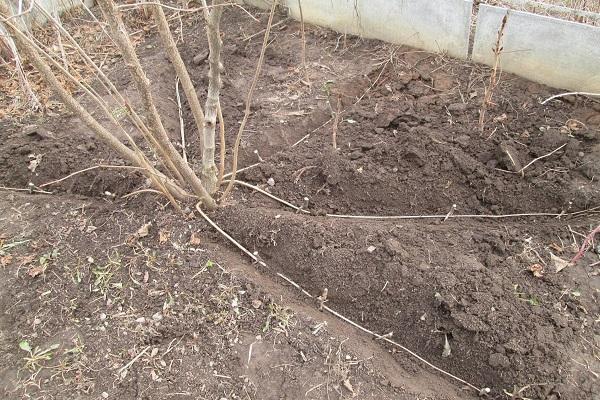
Site selection and preparation
Hazel is very unpretentious to the soil, but swampy or sandy areas are destructive. Therefore, before planting, you should make sure that the melted snow does not flood the hazel in the spring. In addition, the absence of groundwater at the soil surface is important. Preference should be given to humus, humus-rich, loose soils.
For normal growth and fruiting, hazel requires a sunny side, protected from cold winds, so the best choice would be the western or southwestern part of the site, preferably fenced off with a wall. If this is not possible, hedges will provide protection from the wind. They should be planted no closer than 5 meters from the nut.
Site preparation depends on the number of seedlings planted. When planting several plants, it is recommended to dig deep into the entire area. Fertilize the planting pits with humus and minerals (50 grams of potassium salt and 200 grams of superphosphate).
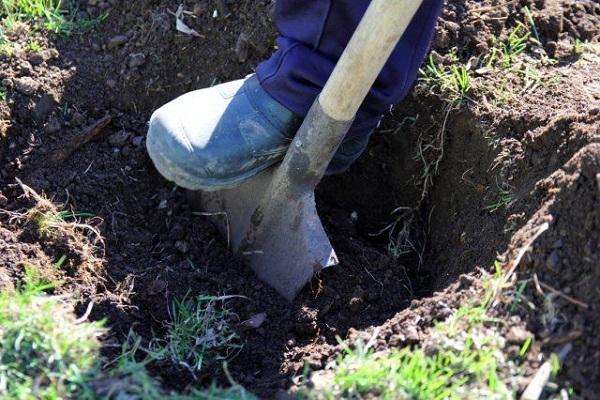
Planting process
Before planting, the seedlings should be cut to 20-25 centimeters, and the roots should be dipped in a composition of clay and manure. After that, start the process:
- the hazel is lowered into the pit, deepening the level of the basal neck by 2-3 centimeters;
- carefully distribute the roots over the ground, covering with loose earth and compacting;
- make an edge around the seedling and pour plenty of water (20-25 liters);
- after absorbing moisture, the soil should be mulched with sawdust, foliage or peat.
When planting several seedlings, one must not forget about the distance, because the hazel is planted for many years:
- rows - 5-6 meters;
- 4-6 meters between plants.
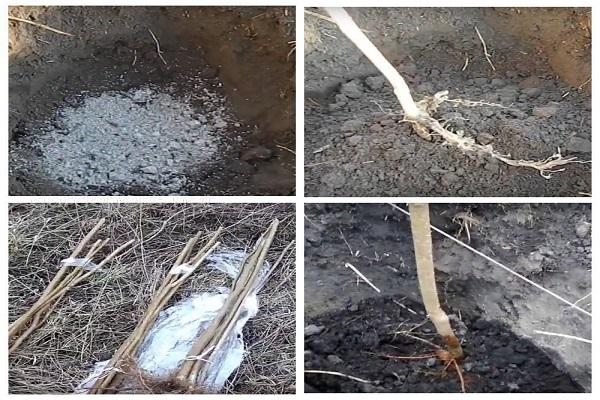
Nuances of plant care in Siberia
As already mentioned, the cultivation of hazel in Siberia is different from the methods for warmer regions, so it is important to provide timely care for the plant.
How to water
Regular watering for hazel is necessary, since without enough liquid, the quality and quantity of fruits will deteriorate. The plant is watered 1-2 times a month, depending on the weather:
- after flowering;
- in May;
- in June;
- in July;
- after the leaves fall.
If the summer is dry, the frequency of watering should be increased, and if it is rainy, watering is not required. An adult plant needs 50-70 liters of liquid at a time. Water must be poured in parts, until it is completely absorbed, otherwise the hazel will be flooded.
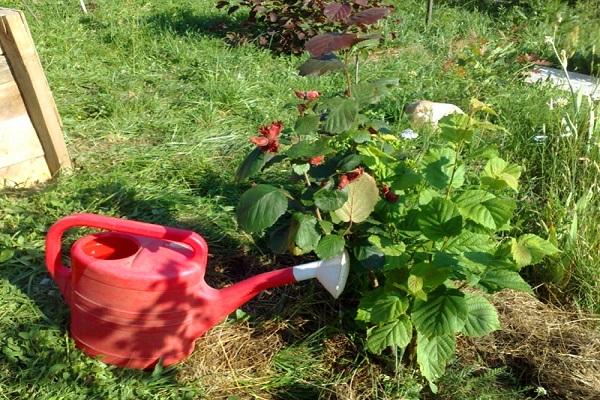
Don't forget about air humidity. If there are no rain installations on the site, the hazel should be sprayed with water once a week, in the afternoon or in cloudy weather.
Fertilizer
Each season the plant needs a special feed:
- in the fall - potassium salt (20-30 grams), superphosphate (50 grams) and manure (3-4 kilograms);
- in the spring - 150-150 grams of nitroammofoska, during the period of swelling of the kidneys - 20-30 grams of urea or ammonium nitrate;
- in June - nitrogen fertilization.
Important! If the soil contains black soil and is rich in minerals, nitrogen should not be added as it will damage the crop. If the soil is poor, fertilizing with slurry is necessary.
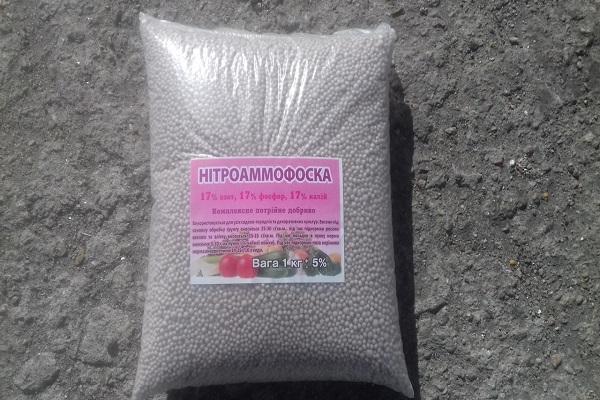
If fertilizers were added when planting in the pit, then feeding should be started after 3 years.
How to care during flowering
Hazel begins to bloom in April, when the temperature becomes 12 ° C. At this time, hazel earrings bloom, increasing by 30 millimeters per day. Growth becomes more active in dry air. When the length of the earrings reaches 10 centimeters, their density will decrease, and pollen will begin to scatter within 4-12 days. Pollen from male flowers gets on female flowers, and from various trees, so at least 3 plants should be planted.
Blooming is the best time to prune. It is thanks to cutting that pollen spreads faster and, in addition to natural, artificial pollination occurs, which increases the yield.
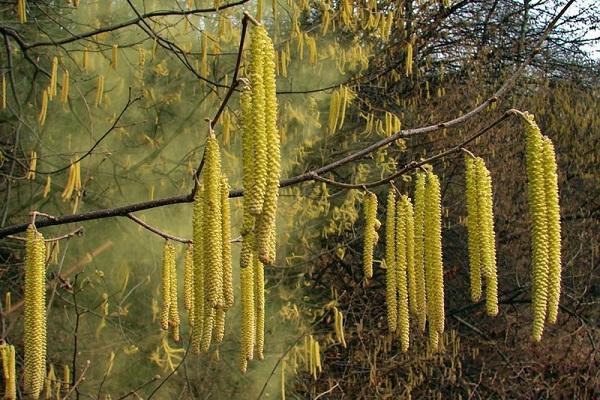
Wintering
An adult hazel over 3 years old can tolerate winter without shelter, but young plants should be prepared for the cold:
- cover with lutrasil or spunbond;
- bend the branches to the ground, covering them with snow and spruce branches, protecting them from wind and freezing.
Reproduction
Hazel is propagated by:
- taps:
horizontal branches - in late autumn, under the low-growing one-year-old branches, make grooves where to lay the branches and fix them. Remove the upper part that remains above the soil. Do not cover the branches with earth;
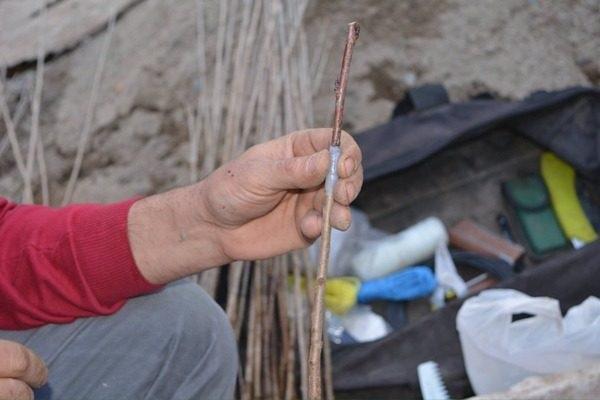
arc bends - in the spring, lay the branches in an arcuate manner. Cut the bark in contact with the soil and fix it in the pit. Cover with earth. Leave the top tied to the support;
- dividing the bush:
get a bush from the ground and divide it so that each one has roots of 15-20 centimeters. Sprinkle the cuts with coal and plant each bush in a pre-prepared hole;
- offspring:
appear in 1-2 years, from the buds of the root system. They grow out of the ground at a distance from the "parent". Separated with an ax. 2-3 offspring are placed in the pit.
Pruning
The first pruning should be done one week after planting, shortening the plant to 0.3 meters.In the summer, young shoots cannot be removed, and in the spring it is necessary to cut off all weak and diseased shoots, leaving 10 of the strongest and strongest ones.

Important! Shoots should grow in different directions from each other.
In the fourth year of life, hazel, having entered the fruiting phase, needs regular renewal of shoots, since only one-year-old branches give fruits. Sanitary pruning of old, diseased or damaged shoots is carried out in the fall, thinning in the spring.
Plant diseases and pests
The main diseases of hazel are fungal diseases, the harm of which will not only reduce the harvest, but also the plant may die:
- powdery mildew;
- rust;
- white rot.
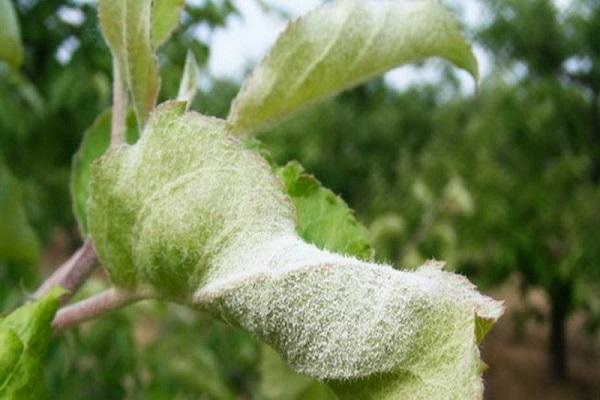
As for pests, hazel can be damaged by:
- aphid;
- nut weevil;
- kidney mite;
- leaf beetle;
- barbel.
With any change in the appearance of the plant, it is necessary to begin urgent treatment until the disease has killed the nut or spread to other garden crops.

